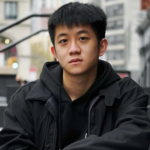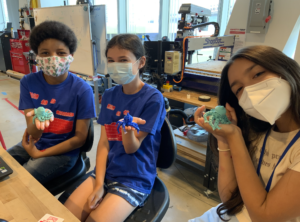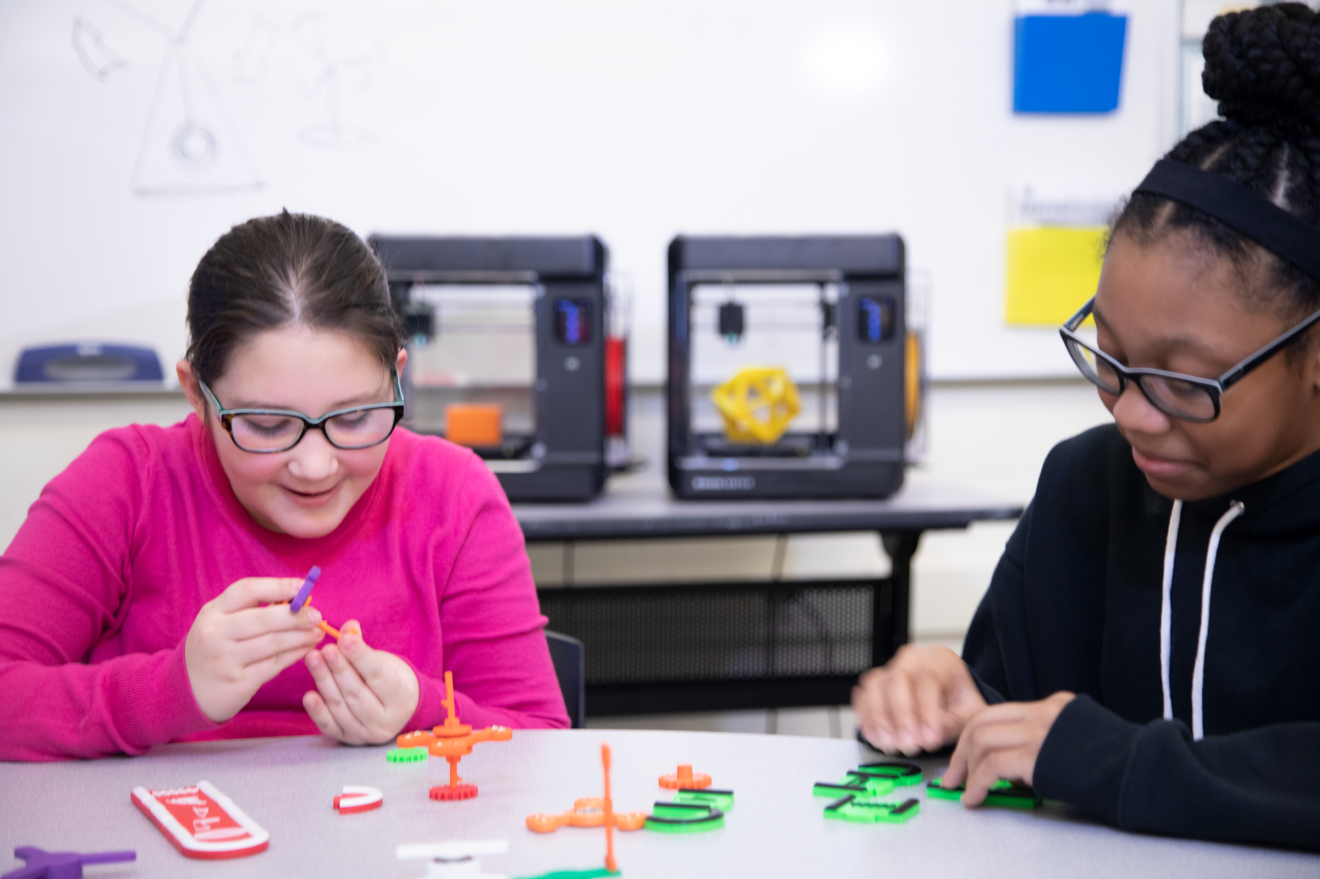
Just how impactful is a student’s learning experience on their future career outcomes?
The conventional, slow-paced, didactic type of classroom learning only does so much to help students harness the skills needed to thrive as future professionals. A Mitchell Institute report stated that schools involved in collaborating with both industry and community partners can “help spark students’ curiosity and open students to a range of new and emerging professions,” especially when it comes to building capacity for STEM occupations.
Having attended Brooklyn Tech, one of New York City’s specialized high schools, I know of a wide number of facilities and activities that give students opportunities to gain real-world experience before college and, eventually, the workforce. Budding architects have dedicated time and resources to design plans for residential projects; aerospace engineers get a real feel for flight maneuvers by piloting live simulators; and aspiring scientists are able to conduct innovative biological and chemical research in wet labs.
The STEM need in underserved communities
But how about for the hundreds upon thousands of students who live in communities throughout the US and have a voracious appetite for all things STEM — but possess no means of satisfying that hunger?
We pay a heavy price on leaving out minorities in underserved districts from STEM. These students are far too often victims to inadequate investment in resources deemed necessary for modern learning, such as tablets, new lab equipment and access to the Internet.
From the metropolitan regions of New York and Los Angeles to the vast Sun Belt and Rust Belt regions, a lack of equitable access to resources and opportunities has created vast STEM deserts. This, in turn, has lowered the potential for future educational achievements and the number of prepared workers for the nation.
Couple this with the ever-increasing standards set by the job market for prospective candidates, the higher expectations for graduate schools applicants and the growing demand for a workforce with specialized skills to take on emerging global issues, and the result is a perpetual issue that furthers the divide.
How can we fix the STEM divide?
Across the nation, STEM programs have provided an abundance of hands-on learning and activities to pique students’ interests in STEM careers. Space Adventure Camp in Ohio introduces fifth- to seventh-graders to the boundlessness of outer space through hands-on activities, such as designing model rockets and performing flight simulations. In Florida, Experience Aviation has supported students’ capacity for aviation and engineering through the restoration of Cessna engines and the construction of record-shattering supercars and planes.
More recently, the Nevada Department of Education has designated $4 million towards FIRST Nevada’s efforts for expanding robotics teams across the state. By incorporating challenges that involve LEGO bricks, computer programming and robotics kits, FIRST Nevada’s goal is to provide students with technology-based skills needed for a successful postsecondary civic life.
We also can serve underrepresented students using relatively inexpensive 3D printing technology, which has bolstered the global maker movement and even aided with the production of face shields for COVID-19.
In response to a sudden surge in demand, many middle-school, high-school and university students coalesced to rapidly print face shields for health care workers. Students around the country in the Makers for COVID-19 program I co-founded collaborated on large-scale face shield donations to facilities in San Diego, Kenya and Indonesia — while also benefiting from mentorship, donation resources and networking opportunities.

For students, made by students
Learning how to use Autodesk Inventor during freshman year of high school sparked something in me that led to co-founding Makers for Change, or M4C, a rebranded version of Makers for COVID-19. We teach high-school and college students how to 3D-print and laser-cut school supplies, toys and prosthetics.
We’re also planning a structure to allow our members to lead their own community-oriented projects. I want our focus to be on low-income areas and homeless shelters, and I want to give the toys we create and print to the children who live and go to school there.
Larger-scale projects, such as the IC3D and the Marine Corps Reserve’s 3D-printed Toys for Tots campaign, have inspired M4C members to design their own articulated toys.
Receiving photos of kids holding up various designs, from rainbow-colored dolphins to miniature robots and octopi decorated in cowboy hats, makes the whole experience gratifying for us. One student expressed his desire to be like us: to eventually be able to make toys that can be given to shelters and hospitals for kids.
Bringing an oasis to STEM deserts
Many organizations throughout the US aim to address an ongoing imbalance in the quality of education received.
We at M4C want to help even more schools, community centers and local organizations in STEM deserts to develop makerspaces that have the same bandwidth, opportunities and resources that other communities have. With support from the 3D-printing industry and educational organizations, we’re showing students how they can bring their ideas to life and are encouraging them to develop a passion for STEM.
By inspiring students — particularly those who face STEM entry barriers, who don’t have peer role models and who can’t afford higher education — to pursue STEM-related careers, we intend to play a role in developing more diversity among our nation’s future change-makers.
Jonathan Gao is a biochemistry major at Hunter College and leads track projects at Makers 4 Change. His organization has teamed up with educational 3D printing resource MakerBot for a broader reach.
________________________________
Like this article? Sign up for our EdTech news briefing to get news like this in your inbox, or check out all of SmartBrief’s education newsletters, covering career and technical education, educational leadership, math education and more.
More from SmartBrief Education:
- 5 ways new school-home communication meets family, staff needs
- 5 virtual-classroom tools to foster authentic connections
- Changing the classroom experience with instructional audio
- Powerful social media solutions for students
- How comics curriculum boosts SEL
- 8 ways to make vocabulary instruction more effective
